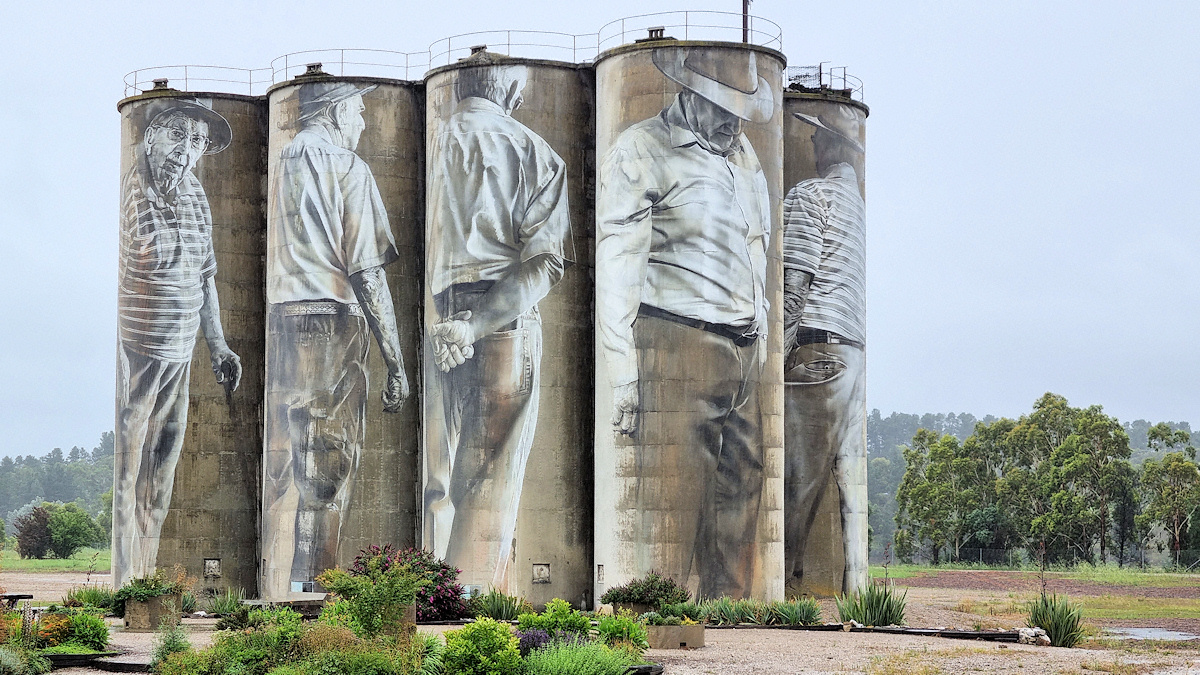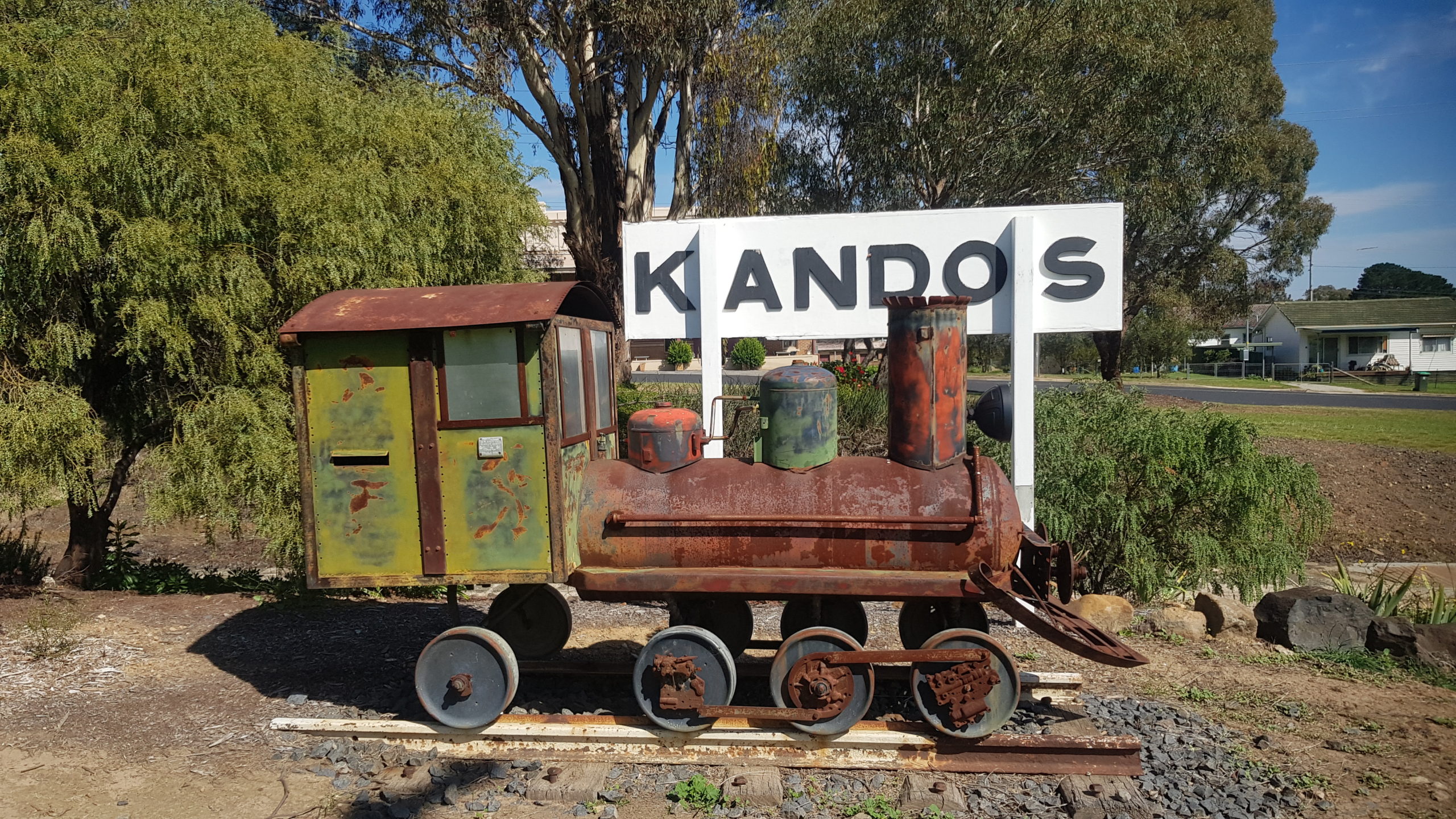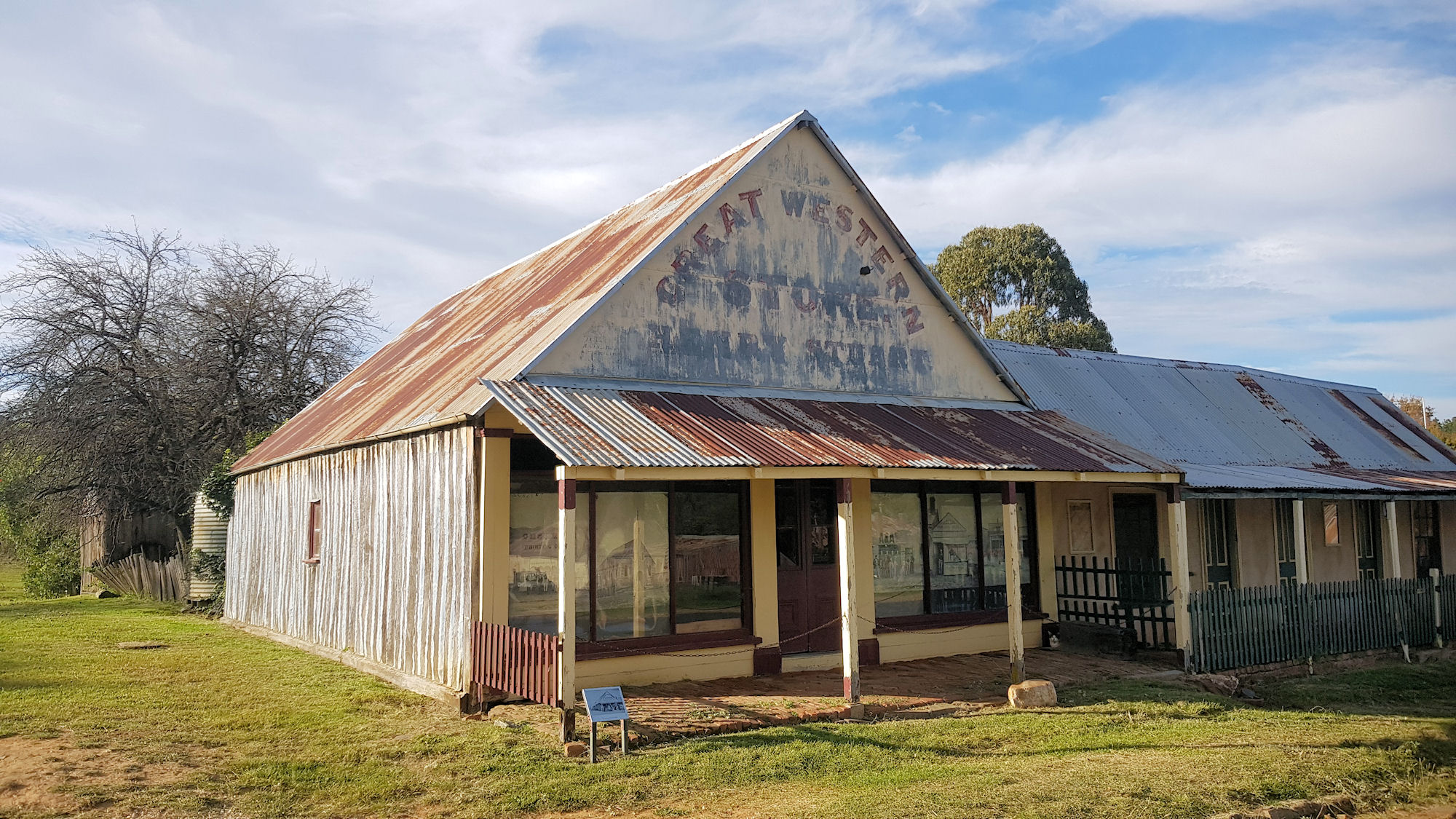Category: Central West
-
Portland Silo Art

Portland Silo Art Located only 30 minutes north-west of Lithgow in the Central-West of New South Wales, the Portland Silo Art makes a great addition to any tour of the area. Unlike other silos, these are cement bins, rather than grain silos, representing the towns history as a cement producer. Painted in 2018 by Guido… Read more
-
Kandos The Town That Built Sydney

Kandos The Town That Built Sydney Established in the early 1900s for the NSW Cement, Lime and Coal Co Ltd, Kandos produced cement until the plant’s closure in 2011. Taken from the initials of the founding company directors: Campbell, Angus, Noyes, McDonald, Oakden and Stephen. The first letter was later changed to a K rather… Read more
-
Hill End Historical Gold Mining Town

Hill End A gold rush in the 1870s turned Hill End from a small rural village into one of the largest inland towns in New South Wales. When the boom finished, the town reverted back to a small village, however unlike other boom / bust towns many of the historic buildings remain. Now heritage listed,… Read more